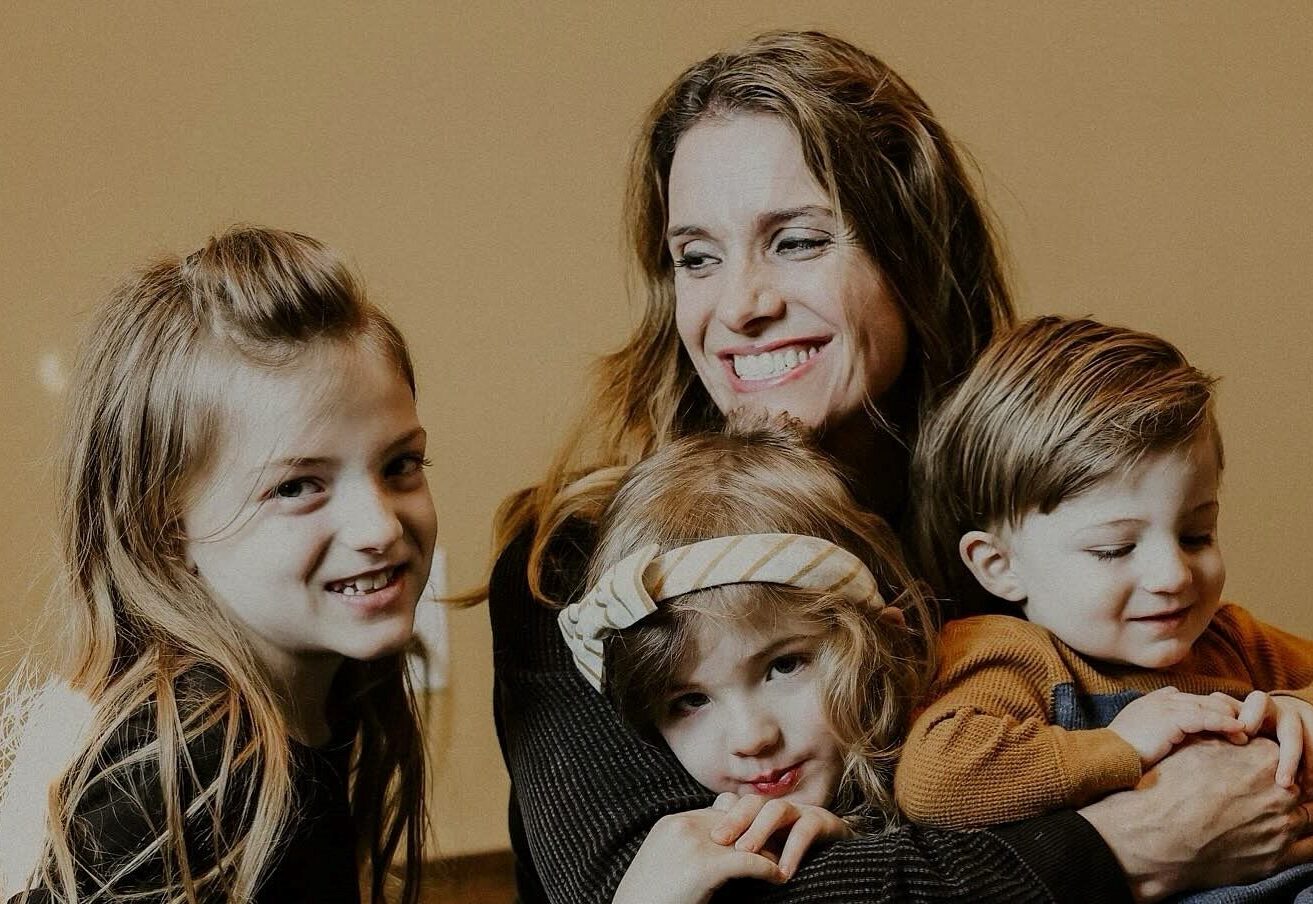Now that the kids are grown and out of the house, what will you do with their empty bedroom? Convert it into a home theater, perhaps, or a study you’ll escape to, to catch up on your reading? Before you install the sound system or the floor-to-ceiling bookcases, consider this statistic: Nearly four million people between the ages of 25 and 34 live with their parents. Junior may be all grown up, but that doesn’t mean he won’t be returning to the nest to roost for a while.
While it’s true that many adult children return home for just a short period after college while they look for work, others come back for a variety of reasons–and often for longer stays. Divorce, unemployment, a high debt load, or a return to school are just a few of the circumstances under which your kids may decide to “boomerang” back home.
You start out poor…that’s the lesson. Whatever the reason for your kids’ return, you may have mixed emotions about having a full house again. More than likely, you’ll also have questions about how to make the new living arrangement as pleasant as possible–for everyone involved.
The business of family finances
Just trying to relate to and communicate with your kids as adults can be a challenge. Allowing money to become an issue will make things tougher on everyone. Broaching the topic of family finances from the start helps you to avoid resentment, protect your assets, and keep the peace.
Rent and household expenses
While there are many opinions about the best way to structure the household finances when an adult child returns home, it’s crucial for parents to realize they’re not doing their kids any favors by giving them a free ride forever. The goal should be to create an arrangement that both supports your children and encourages them to move on.
Jane Adams, a social psychologist, speaker, and author in Seattle, encourages parents to be clear about the conditions for staying under their roof. She recommends discussing the length of stay, plans for employment, extent of financial support, and expectations for financial or in-kind contribution. Parents should help their kids determine realistic steps they can take during their stay to achieve their goal to save money, move out by a certain date, get a job, pay off debt, and so on.
“The idea is to model what life is like in the real world so that your kids understand what to expect from financial independence and can make the transition successfully,” says Adams. “They need to learn that their first responsibility as an adult is to be able to pay their own way.”
Though that may seem harsh to some, Adams sees many kids who are less than eager to stand on their own two feet if it means a lower standard of living than they grew up with.
Be sure that the cost of your child moving back home doesn’t prevent you from making progress toward your own financial goals.”What’s really going on in many cases is that kids today don’t want to share a place with three roommates, take the bus to work, and, in general, struggle to get on their feet,” she observes. “Kids often don’t realize that their parents may have worked hard for 25 years to achieve the lifestyle they have today. You start out poor … that’s the lesson.”
Adams also observes that too often the kids who complain that they can’t afford to be on their own are the same ones who are driving or wearing their paychecks. She encourages parents to call their kids on spending behavior that is inconsistent with their stated goals.
One specific question that often puzzles parents is whether or not to charge their kids rent. And if you do charge rent, should it be just a token amount or should it be market value for the space?
Adams suggests starting out with a low rent and gradually raising it over time to give kids an incentive to get back out on their own. To avoid any misunderstandings, write up a rental agreement spelling out exactly how much rent will be, when it will be raised, and to how much.
Another approach is to charge market rent–about 30% of take-home pay, or 40% if you include utilities–and put all or part of it away in a savings account that your child eventually can use to get his or her own place.
Of course, whether or not you charge rent is a personal choice and depends on your own financial situation, your child, and the circumstances surrounding the return home. Some kids need the structure of an agreement and the extra prod that a rent payment provides. Others are just as eager to get back out on their own as you are to see them become independent adults again. Only you know your children well enough to know what will serve them best in the long run. Whatever arrangement you come up with, be sure that the cost of your child moving back home doesn’t prevent you from making progress toward your own financial goals, such as saving for retirement. And, Adams advises, make sure both parents are in agreement about the new living arrangement before making any commitments.
Health insurance
If children are uninsured when a medical emergency strikes, you may be faced with an unpleasant choice–let them go without treatment or open your own wallet to pay for the care they need. Of course, parents don’t have any legal obligation to pay their adult children’s medical bills, but many do because they feel a parental responsibility and desire to do so.
Even if children had the money to pay for treatment themselves, a broken leg might be all it would take to deplete whatever savings they were socking away to get their own place.
Students and employees may be able to get medical coverage through school or work. If that’s not an option, and you decide you want your child to have health-care coverage, you’ll need to shop around for an individual policy. Premiums and coverage vary widely, so it pays to spend some time researching your options. You could make purchasing medical insurance a condition of living at home. If your child legitimately can’t afford the cost at this point, you might decide to pay the premiums yourself. Considering the financial risk of being uninsured, your peace of mind may be worth it.
Auto insurance
If your child owns his or her own car, then auto expenses are pretty easy to sort out. Presumably, everyone in the family will be responsible for his or her own insurance, gas, and maintenance, and, if there’s an accident, the deductible and repair costs. But what if your child comes home and expects to use your car? The best advice is to have a discussion about auto insurance before handing over the keys.
“It’s very important that you call your auto insurance company to let them know that your adult child will now be driving the family car,” cautions Pete Moraga, communications specialist for the Insurance Information Network of California. “Not adding your child to your policy puts you at risk of being uncovered if he or she has an accident while driving your vehicle.”
Be clear about the conditions for staying under your roof. Rules and costs for adding an adult child to your policy vary from carrier to carrier. You may decide that your child should pay for the increase in premium. If he balks, just remind him that it’s a lot cheaper than buying his own car and paying the entire premium himself.
Taxes
Just when you thought that your returning children could only cost you money, the Internal Revenue Service (IRS) gives you a break for helping them out. Depending on your situation, you could save hundreds of dollars on your next tax return by claiming your child as a dependent or filing as head of household.
According to Cindy Hockenberry, an enrolled agent and an information coordinator for the National Association of Tax Professionals based in Appleton, Wis., parents generally can claim their children, regardless of age, as dependents if they are unmarried, have less than $3,050 in gross income (or are younger than 19, or younger than 24 and a full-time student), and receive more than half of their total support from them. In this scenario, a child still can file an individual tax return, but can’t take the personal exemption. The dependent exemption could save parents in the 15% tax bracket more than $400.
Even if their at-home adult kids don’t qualify as dependents, single parents still may be able to benefit by filing as head of household if they provide more than half the support for a grown child living with them. This isn’t as advantageous as claiming the child as a dependent, but it is more favorable than filing single.
Rent that you charge your children typically is not reported as income on your tax return, and related expenses (such as paint for their room, utilities, and food) are not deductible as rental expenses.
As always, it’s best to consult your tax adviser for the latest tax law updates and for advice relevant to your unique situation.
Call your kids on spending behavior that is inconsistent with their stated goals. Despite the challenges inherent in a late homecoming, some parents welcome the opportunity to help out and spend more time with their children. If you, however, are somewhat less than thrilled about being an active parent later in life, remind yourself that it’s your choice … and it’s temporary. Just to be safe, you may want to start remodeling the kids’ bedrooms sooner rather than later.










